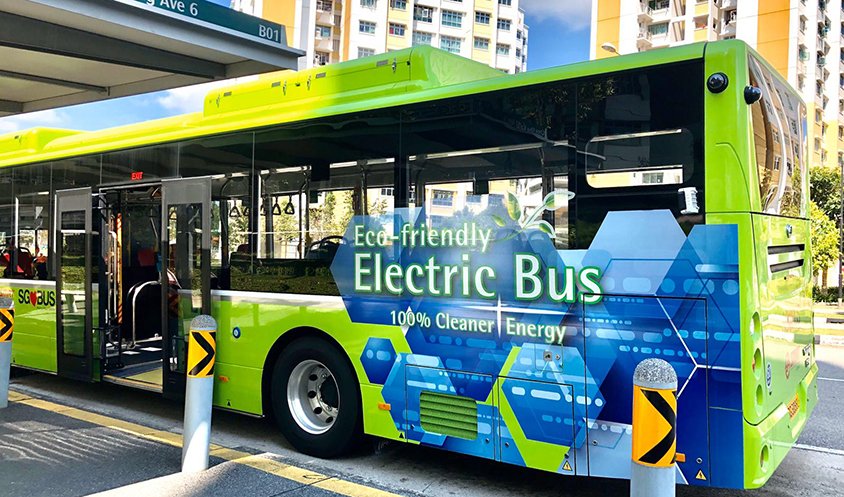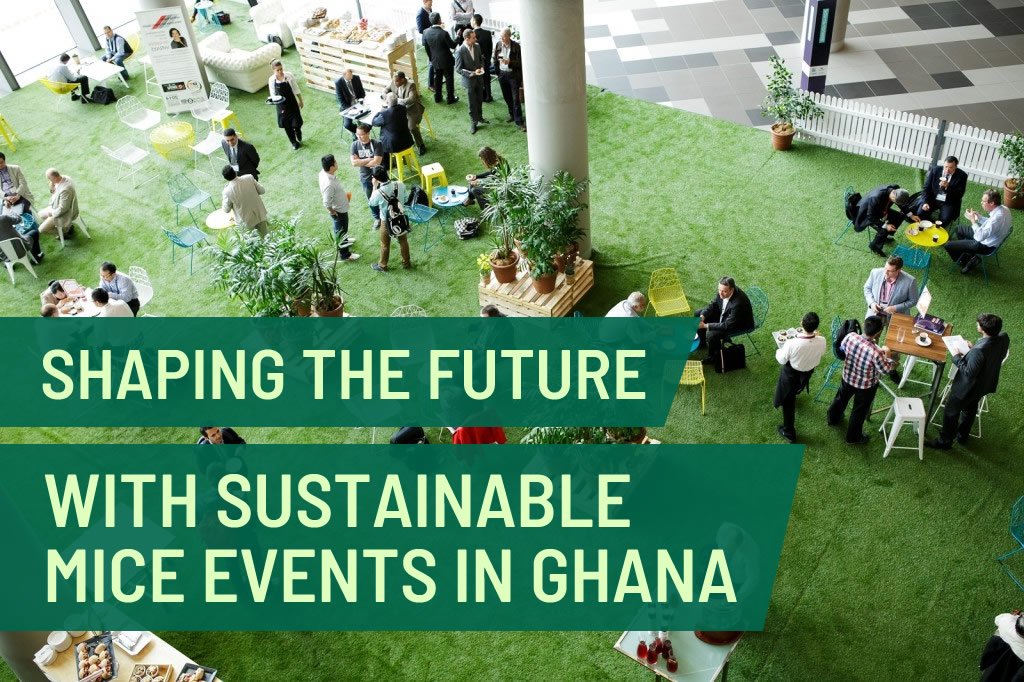In a world grappling with the challenges of climate change and environmental degradation, the need for sustainable practices is becoming increasingly urgent. The Meetings, Incentives, Conferences, and Exhibitions (MICE) industry, known for its large-scale events, has a significant impact on the environment. However, the concept of sustainable MICE events is gaining traction, offering a glimmer of hope for a greener and more responsible future. African nations must not wait till it is too late before we start practicing sustainability. This is the time to fully embrace sustainability and move beyond to regenerative practices. This article delves into the importance and benefits of sustainable MICE events and explores key strategies for organizing such eco-friendly gatherings.
Understanding Sustainable MICE Events:
Sustainable MICE events combine the objectives of hosting successful business gatherings with minimizing negative environmental, social, and economic impacts. The core principle is to ensure that the event’s planning, execution, and legacy align with sustainable practices. By integrating environmentally friendly choices, socially responsible actions, and economic considerations, organizers can create a harmonious balance that promotes a greener planet and a positive social impact.
Key Strategies for Sustainable MICE Events:
Venue Selection

Opting for sustainable venues that prioritize eco-friendly practices is a crucial step. Look for venues with certifications such as LEED (Leadership in Energy and Environmental Design) or Green Globe, as they follow strict sustainability guidelines.
Waste Management

Implementing effective waste management systems is essential to minimize the event’s environmental footprint. This includes reducing, reusing, and recycling materials, as well as providing clearly labeled waste disposal stations and encouraging attendees to participate actively in waste reduction efforts.
Energy Efficiency

Focus on energy-efficient practices throughout the event. Energy efficiency is the use of less energy to perform the same task or produce the same result. Energy-efficient homes and buildings use less energy to heat, cool, and run appliances and electronics, and energy-efficient manufacturing facilities use less energy to produce goods. Utilize energy-saving technologies, such as LED lighting, motion sensors, and smart thermostats, to reduce energy consumption. Encourage the use of renewable energy sources and explore carbon offsetting options to neutralize unavoidable emissions.
Dedicated Sustainability Staff

Successful green venues find value in having a staff member solely dedicated to managing sustainability operations. In the 2015 Green Venue Report by Greenview and Twirl Management, 70% of the centers in the survey had a dedicated Sustainability Coordinator or Manager on staff. Green venues also frequently have green teams comprising of an average of 11 employees from all departments in the facility that works together to further sustainability.
Sustainable Transportation

Promote sustainable transportation options for attendees, such as public transportation, shuttle services, or carpooling. Encourage the use of hybrid or electric vehicles for event-related logistics and provide designated spaces for bicycle parking. You may want to learn more about sustainable transportation here
Engage Local Communities
Collaborate with local communities to generate positive social impacts. Support local businesses, source products and services locally, and organize community engagement activities during the event to create a lasting bond between the event and its surroundings.
Digital Solutions
Utilize digital tools to minimize paper usage. Embrace electronic registration and ticketing systems, provide digital event guides and materials, and promote interactive mobile applications to enhance attendee engagement and reduce waste.
Sustainable Sourcing
One of the most attainable green practices venues can implement is sustainable sourcing. Green venues commonly source their food products from local suppliers or environmentally conscious producers. The cost and emissions of transporting consumables contribute significantly to the carbon footprint of an event. As expected, buying environmentally friendly food options and swag takes more research, time, and dedication to the process. However, this is one of the main ways to ensure a venue is as low-impact as possible.
Benefits of Sustainable MICE Events:
1. Environmental Conservation
Sustainable MICE events significantly reduce carbon emissions, waste generation, and resource consumption. By adopting eco-friendly practices, organizers contribute to the preservation of ecosystems, biodiversity, and the overall health of our planet.
2. Enhanced Brand Image
Hosting a sustainable event demonstrates a commitment to corporate social responsibility and environmental stewardship. It enhances an organization’s reputation, attracts like-minded partners and attendees, and fosters a positive perception among stakeholders.
3. Cost Savings:
Sustainable practices often lead to cost savings in the long run. Energy-efficient measures and waste reduction strategies can lower utility bills, while a focus on local sourcing and collaboration with local communities can result in reduced logistics and procurement expenses.
4. Attendee Satisfaction:
Today’s attendees are increasingly conscious of environmental and social issues. By organizing a sustainable MICE event, you provide participants with a memorable and meaningful experience that aligns with their values, boosting attendee satisfaction and loyalty.
Sustainable MICE events offer a transformative path for the MICE industry, where environmental responsibility, social consciousness, and economic viability can coexist harmoniously. By adopting the sustainable strategies outlined above, MICE event organizers can play a vital role in shaping a better future for Ghana and the whole world.











0 Comments